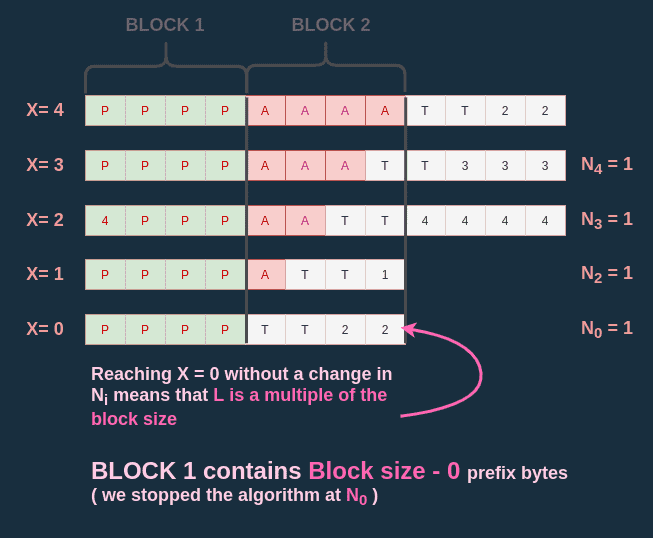
PE1(config)# access-list 1 permit host 8.8.8.8 We attach the access-list to a debug: PE1(config)# access-list 1 permit host 6.6.6.6

Let’s find out! To see what happens in real-time, I’ll create an access-list that matches the next hop (6.6.6.6) and our two prefixes (8.8.8.8/32 and 88.88.88.88/32). How does this impact PE1 and how it gets to CE2? We only have two prefixes but if you learned a million prefixes through BGP, you’ll see them here.ĭisaster strikes our provider and suddenly P1 fails:
88.88.88.88/32 via 192.168.24.4 interface GigabitEthernet0/1įor each prefix you have learned, you find an entry like this in the FIB. IGP: to get to 6.6.6.6/32 we use next hop 192.168.24.4 with interface GigabitEthernet0/1. Here’s a quick summary of the recursive routing we saw: This is what gets installed in the FIB (CEF table): PE1# show ip cef 6.6.6.6 We learn about 6.6.6.6 through OSPF and to get to this next hop, we use next hop 192.168.24.4 through interface GigabitEthernet0/1. Route metric is 3, traffic share count is 1 Known via "ospf 1", distance 110, metric 3, type intra area How does 6.6.6.6 get resolved? Let’s have a look: PE1# show ip route 6.6.6.6 When PE1 wants to reach CE2, our traffic path looks like this: The next hop for both prefixes is 6.6.6.6. These two prefixes were advertised by CE2 and PE1 learned them from P2 (our route reflector). Network Next Hop Metric LocPrf Weight Path RPKI validation codes: V valid, I invalid, N Not found Origin codes: i - IGP, e - EGP, ? - incomplete 
X best-external, a additional-path, c RIB-compressed, R RIB-failure, S Stale, m multipath, b backup-path, f RT-Filter, Status codes: s suppressed, d damped, h history, * valid, > best, i - internal, Let’s have a look at PE1: PE1# show ip bgpīGP table version is 23, local router ID is 2.2.2.2






 0 kommentar(er)
0 kommentar(er)
